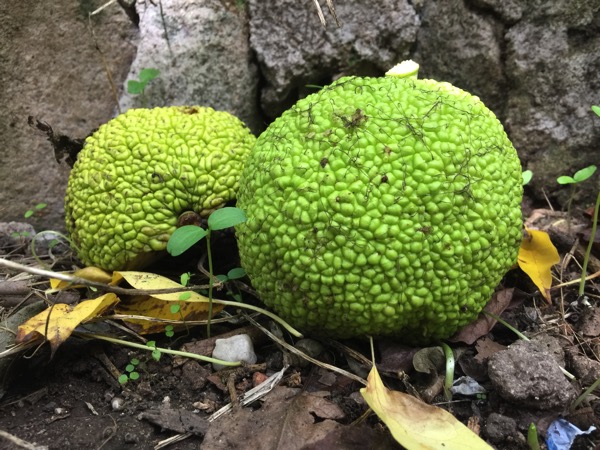Regarding the International Panel of Experts on Sustainable Food Systems (IPES-Food) report Unravelling the Food–Health Nexus, which we mentioned a couple of days ago, I hear that there was surprise in some quarters that biodiversity didn’t get more of a mention in the executive summary. In particular, high-placed sources are saying they would have preferred it to be at least mentioned under the first leverage point:
Leverage point 1: PROMOTING FOOD SYSTEMS THINKING. Food systems thinking must be promoted at all levels, i.e., we must systematically bring to light the multiple connections between different health impacts, between human health and ecosystem health, between food, health, poverty, and climate change, and between social and environmental sustainability. Only when health risks are viewed in their entirety, across the food system and on a global scale, can we adequately assess the priorities, risks, and trade-offs underpinning our food systems, e.g., the provision of low-cost food versus systematic food insecurity, poverty conditions, and environmental fallout of the industrial model. All of this has profound implications for the way that knowledge is developed and deployed in our societies, requiring a shift toward interdisciplinarity and transdisciplinarity in a range of contexts (e.g., new ways of assessing risks; changes in the way that university and school curricula are structured). Concepts such as “sustainable diets” and “planetary health” help to promote holistic scientific discussions and to pave the way for integrated policy approaches. Food systems thinking can also be encouraged on a smaller scale through initiatives that reconnect people with the food they eat (e.g., community shared agriculture, school vegetable gardens).
Apparently, though, when Prof. Molly Anderson presented the report, she described this as an oversight. If you were involved in any of this, and would like to tell us more, please do.

